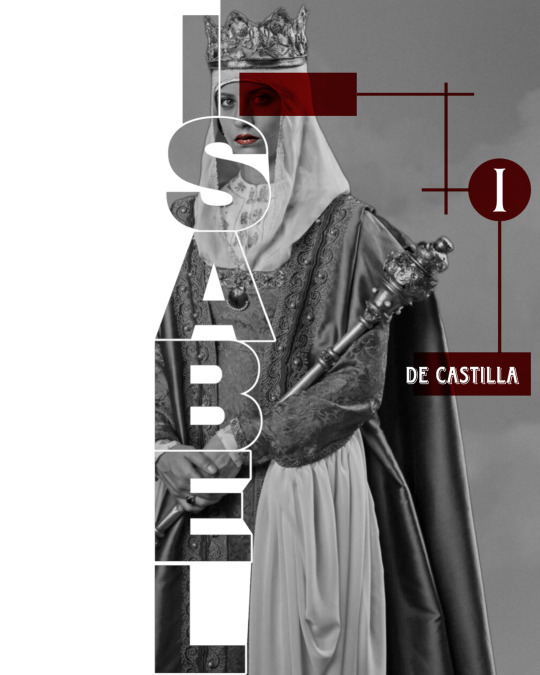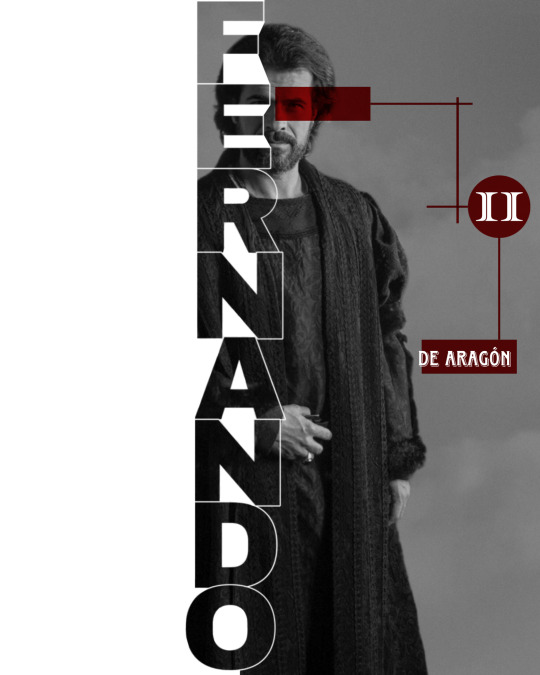Photo






Michelle Jenner as Isabella I of Castile in ISABEL TVE 2x02
96 notes
·
View notes
Text

Lilit Lesser as Princess Mary in Wolf Hall: The Mirror and the Light
100 notes
·
View notes
Text

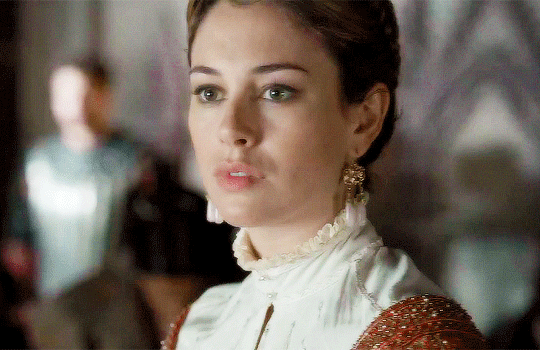







CARLOS REY EMPERADOR (2015)
73 notes
·
View notes
Photo




“And with this I conclude, saying once and three: I want peace, I want peace, I want peace.”
17th April 1536, Rome: Charles V delivered (in spanish, even though french was his native tongue) one of his most famous speeches, in front of Paul III’s pontifical court, the cardinals and the european ambassadors. The emperor’s speech was motivated by Francis I’s attack on the imperial fiefdom of Savoy earlier that year, which renewed hostilities. Charles harangued the pontiff and cardinals about the perfidies of the french king, to whom he launched a real challenge, promising that, if Francis wanted him to fight personally, he could do so armed or unarmed, ’in shirt sleeves or in armour, with a sword and a dagger, on land or on sea, on a bridge or on an island or in a closed place, in front of our armies or wherever he liked’. Nevertheless, Charles clearly stated that he was not seeking a universal monarchy and that, for the general welfare of Christendom, he was still prepared to make peace.
“Y esto, si algunos piensan que yo lo hago por temor, están muy errados; porque yo tengo tales vasallos y que tam bien me han servido y ayudado que, si el rey de Francia los tuviese, a mí me seria forçado venir con las manos atadas a lo que él quisiese. Y que esto sea verdad, nos dan testimonio las obras que de sus manos han salido. Y algunos dizen que yo quiero ser monarcha del mundo; y mi pensamiento y obras lo muestran que es lo contrario. […] Porque mi intención no es hazer guerra contra los Christianos, sino contra los infieles, y que la Italia y la Christiandad esté en paz y que posea cada uno lo suyo, y que nos concertemos y hagamos una confederación contra los infieles, como ha seydo y es siempre mi intención de hazella; donde avrá mucha y mucha tierra para que podamos partir, sin pensar a lo de acá.
[…] Y con esto, yo me parto mañana para Lombardía, donde nos toparemos para rompernos también las cabeças. Espero en Dios que será para el rey de Francia peiora prioribus. Y con esto acabo, diziendo una vez y tres: que quiero paz, que quiero paz, que quiero paz.”
155 notes
·
View notes
Text



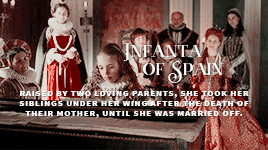



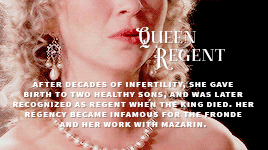

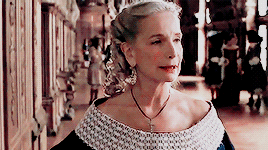
women in history [11/∞]
Anne of Austria, Queen of France
206 notes
·
View notes
Text

5 notes
·
View notes
Text

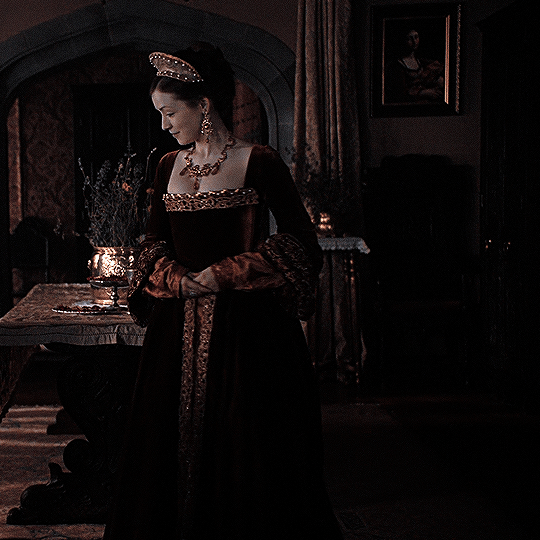

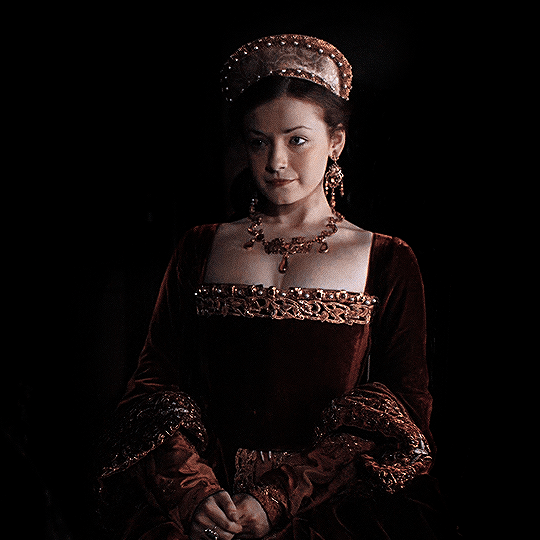
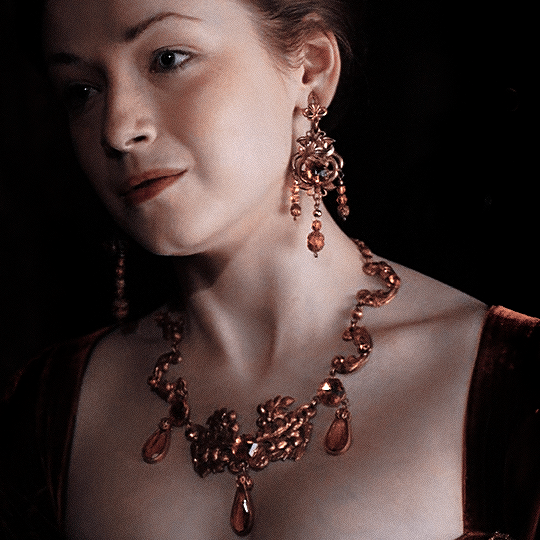
Sarah Bolger as Mary Tudor
THE TUDORS (2007–2010)
898 notes
·
View notes
Photo

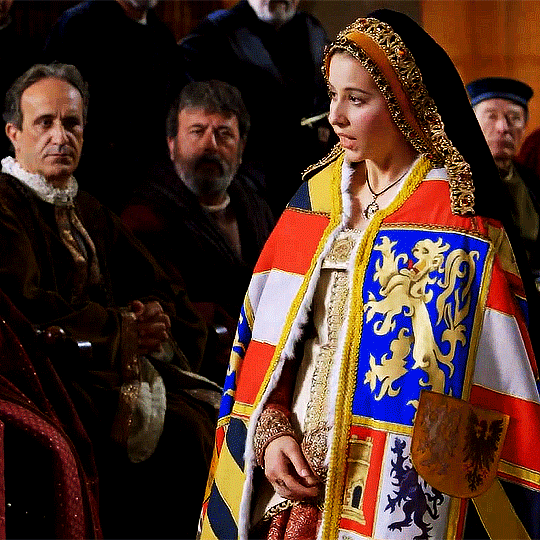
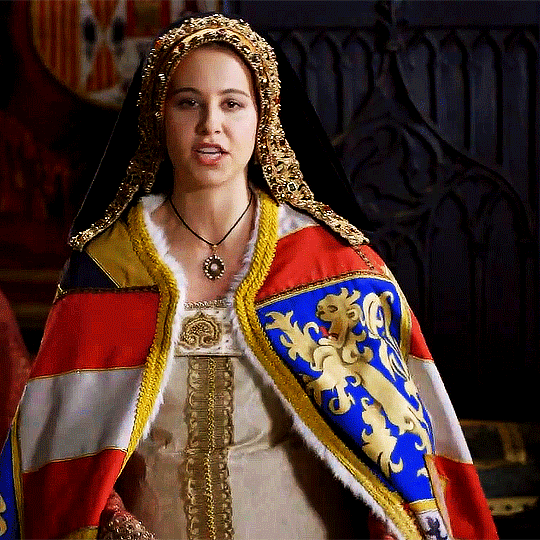

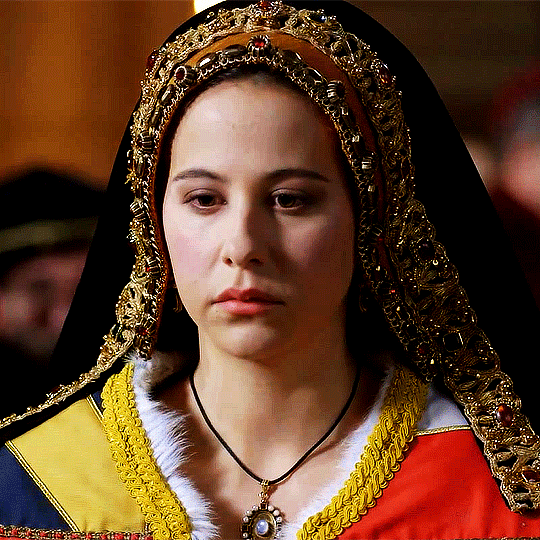
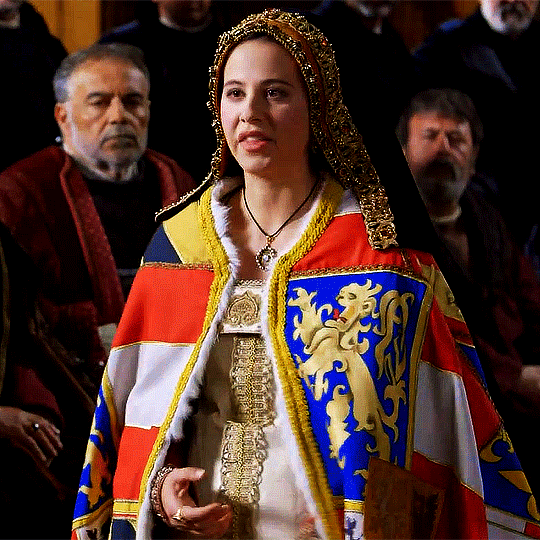
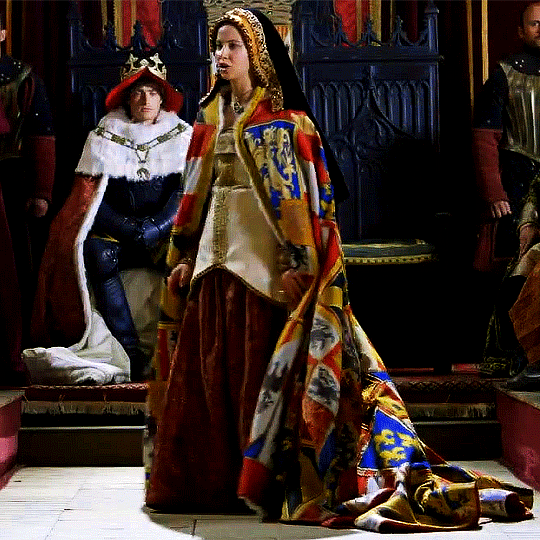
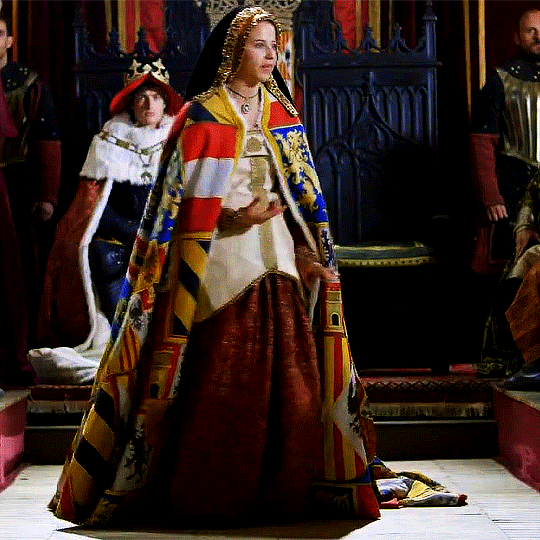
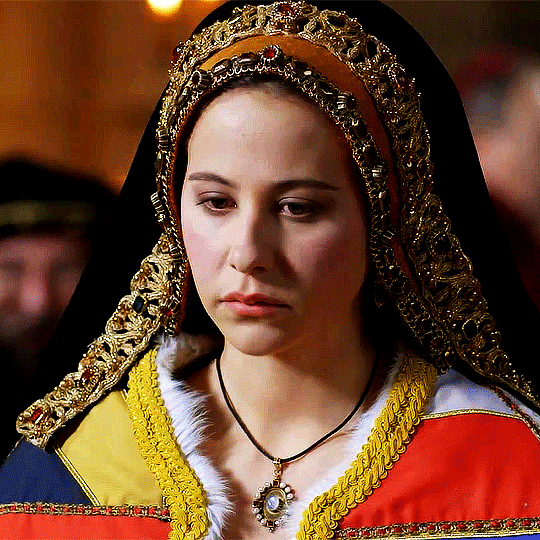
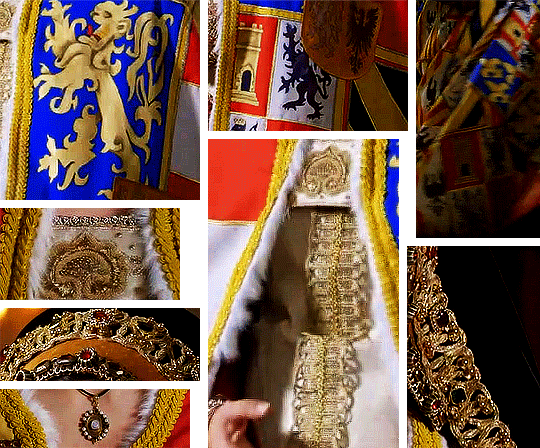
Juana I of Castile’s proclamation costume (based on her portrait) in La Corona Partida
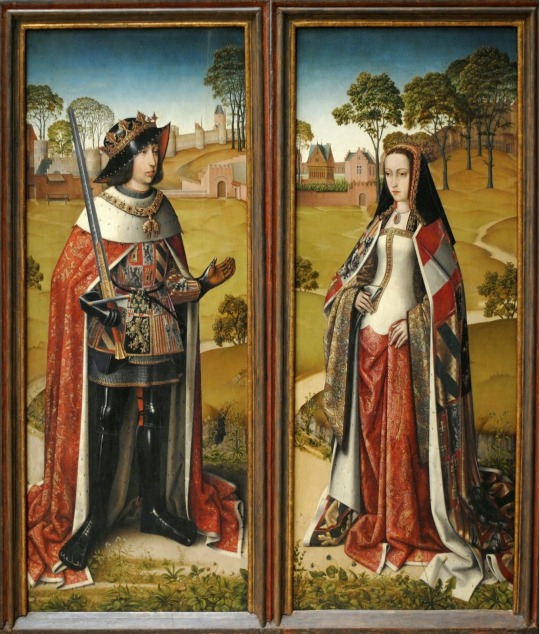
238 notes
·
View notes
Text
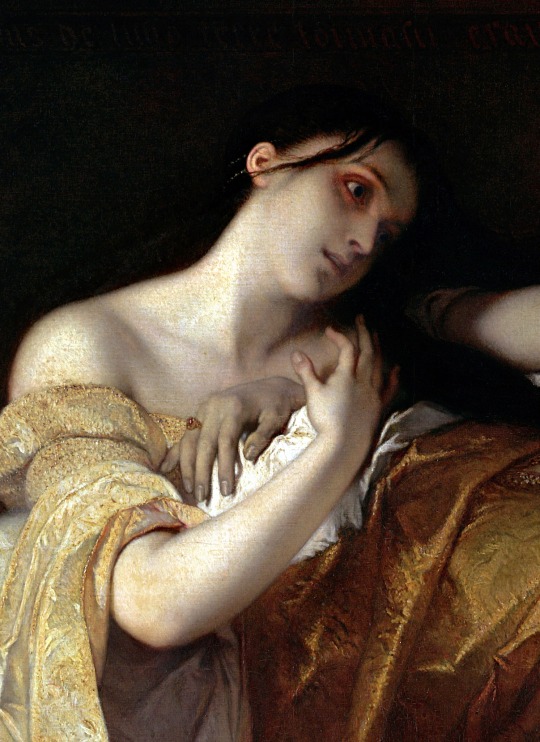

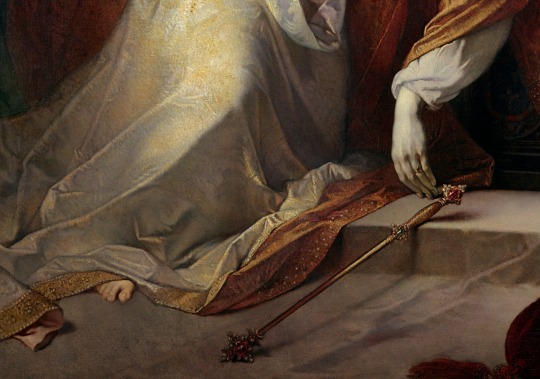

Joanna the Mad with Philip I the Handsome (1856)
Oil on canvas.
— Louis Gallait (Belgian, 1810-1887)
1K notes
·
View notes
Photo
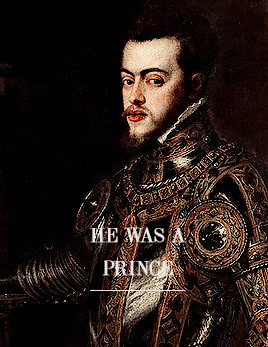

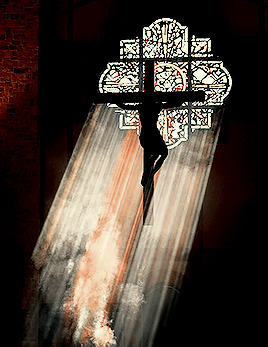


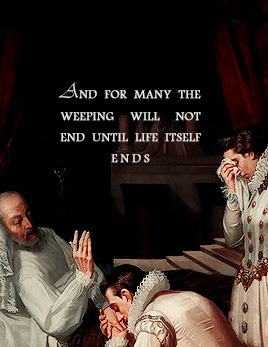
On this day in history, 13th September 1598, Philip II of Spain dies at the Royal Monastery of San Lorenzo de El Escorial.
Philip had prayed that he would be fully conscious during his last moments of life and his prayers were answered. On the night of 12 September he underwent a paroxysm so powerful that those around his bed ‘thought he had died, but he suddenly opened his eyes with an unusual liveliness’. He began to laugh softly, realizing that he was about to die fully conscious. He asked for his parents’ crucifix ‘and held it with a fervour and devotion’ that amazed everyone. Then 'he kissed it several times and afterwards he also held a consecrated candle from Our Lady of Montserrat, on which you could see the image of the Virgin herself, and kissed it too’. For two hours he focused on the crucifix and the candle until at five o´clock on 13 September 1598, 'as dawn broke in the east’ and 'as the seminary choristers were singing Mass’, Lhermite, Sigüenza and several others watched as their king 'gave two or three gasps, and his saintly spirit left him to enjoy eternal life’ — Geoffrey Parker, Imprudent King: A New Life of Philip II
125 notes
·
View notes
Photo

The Imperial Crown of the Holy Roman Empire. Made in the late 10th or early 11th century, this Byzantine style octagonal crown is made of 22ct gold and decorated with 144 precious stones. Emperors were crowned with it from the 11th century to the dissolution of the empire in 1806. [800x866]
Source: https://reddit.com/r/ArtefactPorn/comments/ehexmj/the_imperial_crown_of_the_holy_roman_empire_made/
350 notes
·
View notes
Text


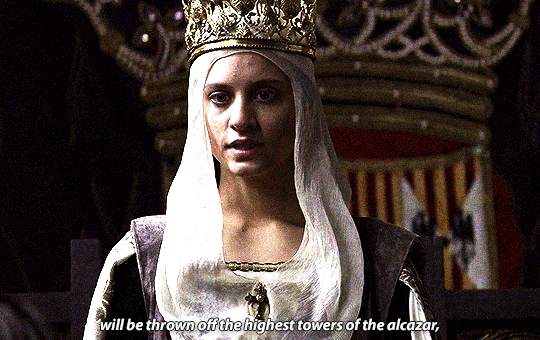


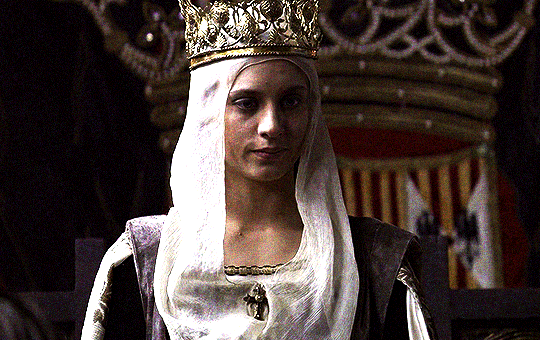

'In August, trouble came from another quarter. Isabel, governing Castile from Tordesillas, sped to Segovia to rescue her daughter. For Cabrera and Bobadilla had joined the queen but left the princess Isabel in Segovia’s alcázar, in the keeping of its alcaide, who was Beatriz’s father, and word came that the man he had displaced in that post, seeking revenge, had entered and seized the fortress but that the princess’s guards were holding out in the castle keep.'
Peggy K. Liss, Isabel the Queen
for @queenmiriamele
139 notes
·
View notes
Text








Isabel and Juana of Castile + quote
Happy birthday @latristereina !
Isabel had good cause for being upset. Such was “the disposition of the Princess” as the physicians described it, “that not only should it pain those who see her often and love her greatly, but also anyone at all, even strangers, because she sleeps badly, eats little and at times nothing, and she is very sad and thin. Sometimes she does not wish to talk and appears as though in a trance; her infirmity progresses greatly.” It was customary, they explained, to treat Juana’s infirmity through love, entreaty, or fear; but the princess had proven unreceptive to entreaty, and even “a little force” affected her so adversely that it was a great pity to attempt it and no one wanted to try, so that, beyond the queen’s customary immense labors and concerns, this weight of caring for her daughter fell upon her. It has been conjectured that Isabel’s illness could have been cancer, endocarditis—infection of the heart valve—chronic dropsy, or several of them combined. By the following June she had a visible tumor, although it is not known where or of what sort. In August she took Juana to Segovia, which she had seemingly avoided for years, telling her it was a step toward the north coast and her departure for Flanders. There Isabel continued to try with little success to get her to turn her mind to affairs of state.
Juana showed little interest in government and in her child, and a good deal of disregard for religious matters of any sort, and for public opinion as well. The princess appeared to disdain much of what Isabel valued, and even to represent the antithesis of the very qualities her mother valued most highly. Even so, Juana was her designated successor, and Isabel was determined to keep her in Spain and do her best to train her to be its queen. So the arguments against Juana’s departure were patiently repeated: the season, the sea, the French, that Philip should be safe in Ghent before she traveled, and did she not want to see her father before she left? The hope remained that Juana would stay and Charles join her, so that Isabel might have him educated in Spain’s customs and come to prefer its people. And with Juana and Charles there and Philip not, should Isabel die, Fernando, still king of Aragón, could surely manage to guide their daughter in governing Castile.
It was November. A treaty with France—arranged by the queen of France, Anne of Brittany, and Margaret of Austria—had been signed, and an envoy arrived from Philip requesting that Juana return to Flanders. Isabel, playing for time, responded that the princess, although better, was not well, that relations with France were still such that it was not safe for her to travel by land or, now that it was winter, by sea, that she had better wait until spring, and that “following her frame of mind and la pasión she has” that Juana should not be where there was no one who could quiet and restrain her for it might be dangerous for her. The implication was that Juana was emotionally out of control. Exactly what was meant by “restrain” we do not know.
-Peggy K. Liss, Isabel the Queen
104 notes
·
View notes
Photo


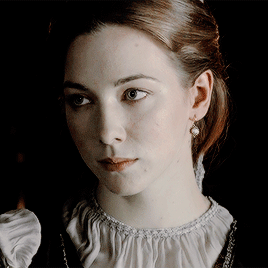

3 December 1497: Elizabeth of York, Queen of England, writes a letter to Isabella, Queen of Castile, asking after her future daughter-in-law’s health.
‘Hence it is that, amongst our other cares and cogitations, first and foremost we wish and desire from our heart that we may often and speedily hear of the health and safety of your serenity, and of the health and safety of the aforesaid most illustrious Lady Catherine our common daughter. And if there by anything in our power which would be grateful or pleasant to your majesty, use us and ours as freely as you would have all in common with you. We should have written you the news of our state, and written at length of these things to your majesties. For the rest may your majesty fare most happily according to your wishes.
From our palace of Westminster, 3rd day of December, 1497’.
Complete transcript of Elizabeth’s letter (x).
211 notes
·
View notes
Photo
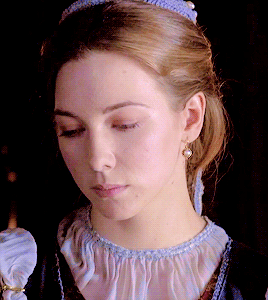

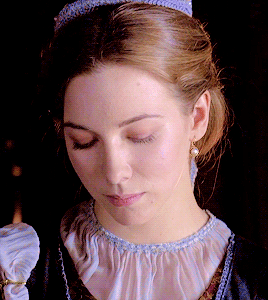
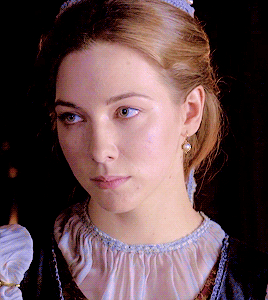
Catherine of Aragon in Isabel 3x09
39 notes
·
View notes
